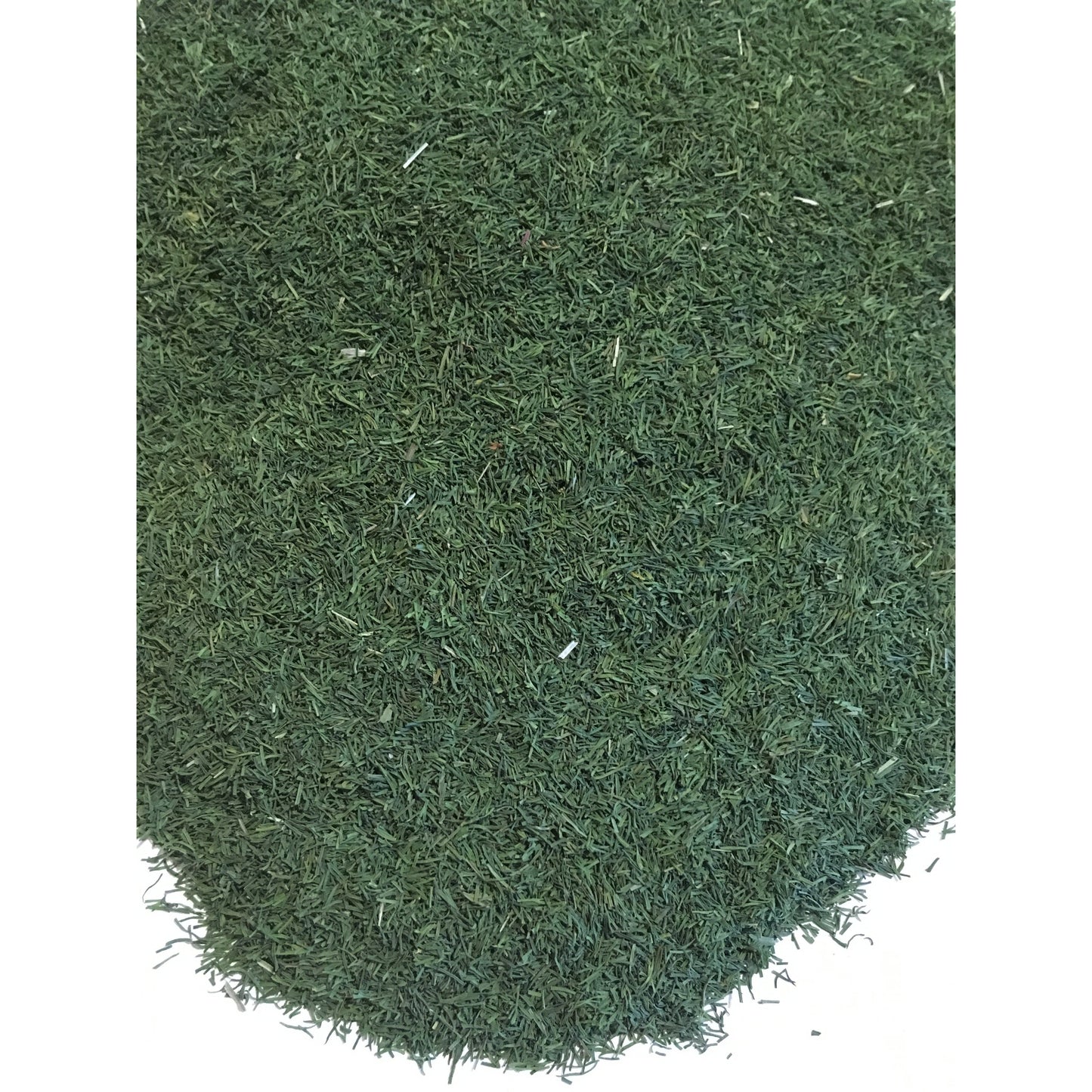Dill Weed (Organic)
Dill Weed (Organic)
Couldn't load pickup availability
Dill (Anethum graveolens) is an annual herb in the celery family Apiaceae. It is the only species in the genus Anethum. Dill is widely grown in Eurasia where its leaves and seeds are used as a herb or spice for flavouring food.
Like caraway, the fernlike leaves of dill are aromatic and are used to flavor many foods such as gravlax (cured salmon) and other fish dishes, borscht and other soups, as well as pickles (where the dill flower is sometimes used). Dill is best when used fresh as it loses its flavor rapidly if dried; however, freeze-dried dill leaves retain their flavor relatively well for a few months.
European cuisine In central and eastern Europe, Scandinavia, Baltic states, Russia, and Finland, dill is a popular culinary herb used in the kitchen along with chives or parsley. Fresh, finely cut dill leaves are used as topping in soups, especially the hot red borsht and the cold borsht mixed with curds, kefir, yoghurt, or sour cream, which is served during hot summer weather and is called okroshka. It is also popular in summer to drink fermented milk (curds, kefir, yoghurt, or buttermilk) mixed with dill (and sometimes other herbs).
In Polish cuisine, fresh dill leaves mixed with sour cream are the basis for dressings. It is especially popular to use this kind of sauce with freshly cut cucumbers, which practically are wholly immersed in the sauce, making a salad called "mizeria". The dill leaves serve as a basis for cooking dill sauce, used hot for baked freshwater fish and for chicken or turkey breast, or used hot or cold for hard-boiled eggs. A dill-based soup (zupa koperkowa), served with potatoes and hard-boiled eggs, is also popular in Poland. Whole stems including roots and flower buds are traditionally used to prepare Polish-style pickled cucumbers (ogórki kiszone), especially the so-called low-salt cucumbers ("ogórki małosolne"). Whole stems of dill (often including the roots) are also cooked with potatoes, especially the potatoes of autumn and winter, so they resemble the flavor of the newer potatoes found in summer. Some kinds of fish, especially trout and salmon, are traditionally baked with the stems and leaves of dill.
In the Czech Republic, white dill sauce made of cream (or milk), butter, flour, vinegar and dill is called koprová omáčka (also koprovka or kopračka) and is served either with boiled eggs and potatoes or with dumplings and boiled beef. Another Czech dish with dill is a soup called kulajda that contains mushrooms (traditionally wild ones).
In Germany, dill is popular as a seasoning for fish and many other dishes, chopped as a garnish on potatoes, and a flavoring in pickles.
In Romania dill (mărar) is widely used as an ingredient for soups such as borş (pronounced "borsh"), pickles and other dishes, especially those based on peas, beans and cabbage. It is popular for dishes based on potatoes and mushrooms and can be found in many summer salads (especially cucumber salad, cabbage salad and lettuce salad). During springtime, it is used with spring onions in omelets. It often complements sauces based on sour cream or yogurt and is mixed with salted cheese and used as a filling. Another popular dish with dill as a main ingredient is dill sauce, which is served with eggs and fried sausages.
In Hungary, dill is very widely used. It is popular as a sauce or filling, and mixed with a type of cottage cheese. Dill is also used for pickling and in salads. The Hungarian name for dill is kapor.
In Serbia, dill is known as mirodjija and is used as an addition to soups, potato and cucumber salads and French fries. It features in the Serbian proverb "бити мирођија у свакој чорби" /biti mirodjija u svakoj čorbi/ (to be a dill in every soup) which corresponds to the English proverb "to have a finger in every pie".
In modern days, dill is used in salads, soups, sauces, and fish and vegetable dishes.
- packaged in a small zip-lock


